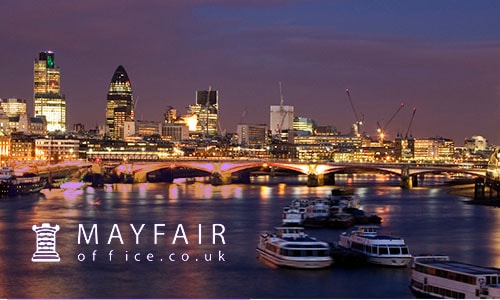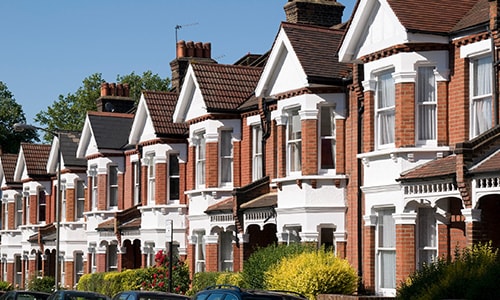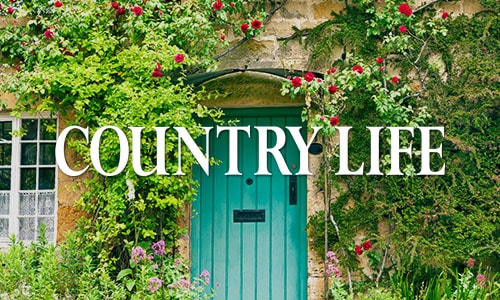Page title not available
Despite a crisis in the monarchy when George III's insanity rendered him unfit to rule, and the Prince of Wales - later George IV - was made Regent, the Regency period in Britain saw a flowering in the arts. In literature the period marked the height of the Romantic Movement noted by poets including Byron, Keats, and Shelley.
There were two major architectural styles popular in the Regency period. The first, that was to extend well into the Victorian period, was Gothic Revival. This was based on Medieval architecture, in particular the Gothic churches of the late 13th and early 14th centuries.
The other, and more popular style reflected the public enthusiasm for the traditional designs of Greek and Roman architecture. The Regency period saw a surge of interest in the classical world, popularised by men like Byron. A generation of aristocratic amateur archaeologists from Britain scoured the Greek world bringing back artefacts and treasures. The popularity of classical styles reached beyond architecture to include paintings, furniture, interior decoration and even dress.
Typical Regency houses for the upper or middle classes were built in brick and covered in stucco or painted plaster. Fluted Greek columns painted and carefully moulded cornices and other decorative touches were all reproduced in stucco.
Many of the distinctive terraces, such as those designed by John Nash, were entered through triumphal arches reminiscent of Ancient Rome. These arches, generally in stucco, led to grand rows of houses with carefully balanced pediments fronted by pilaster columns. The best remaining terraces built in this grand style are in London, Cheltenham, and Brighton.
In fact John Nash helped define the style of an era. Through his friendship with the Prince Regent, his influence on Regency art and architecture cannot be overstated. He worked in many architectural styles, from Gothic to Italianate, Palladian, Greek, and Picturesque.
Excellent examples of Regency properties dominate Brighton and Hove in East Sussex; in particular in its Kemp Town and Brunswick (Hove) estates. In London itself there are many streets in the style in the areas around Victoria, Pimlico, Mayfair and other central districts. Cheltenham also provides many fine examples of Regency architecture and makes the claim to be the most complete Regency town in England. The Cheltenham Synagogue is judged by Nikolaus Pevsner to be one of the architecturally "best" non-Anglican ecclesiastical buildings in Britain. Royal Leamington Spa in Warwickshire also provides some fine examples of the Regency style, including parts of The Parade, Clarendon Square and Landsdowne Circus.












